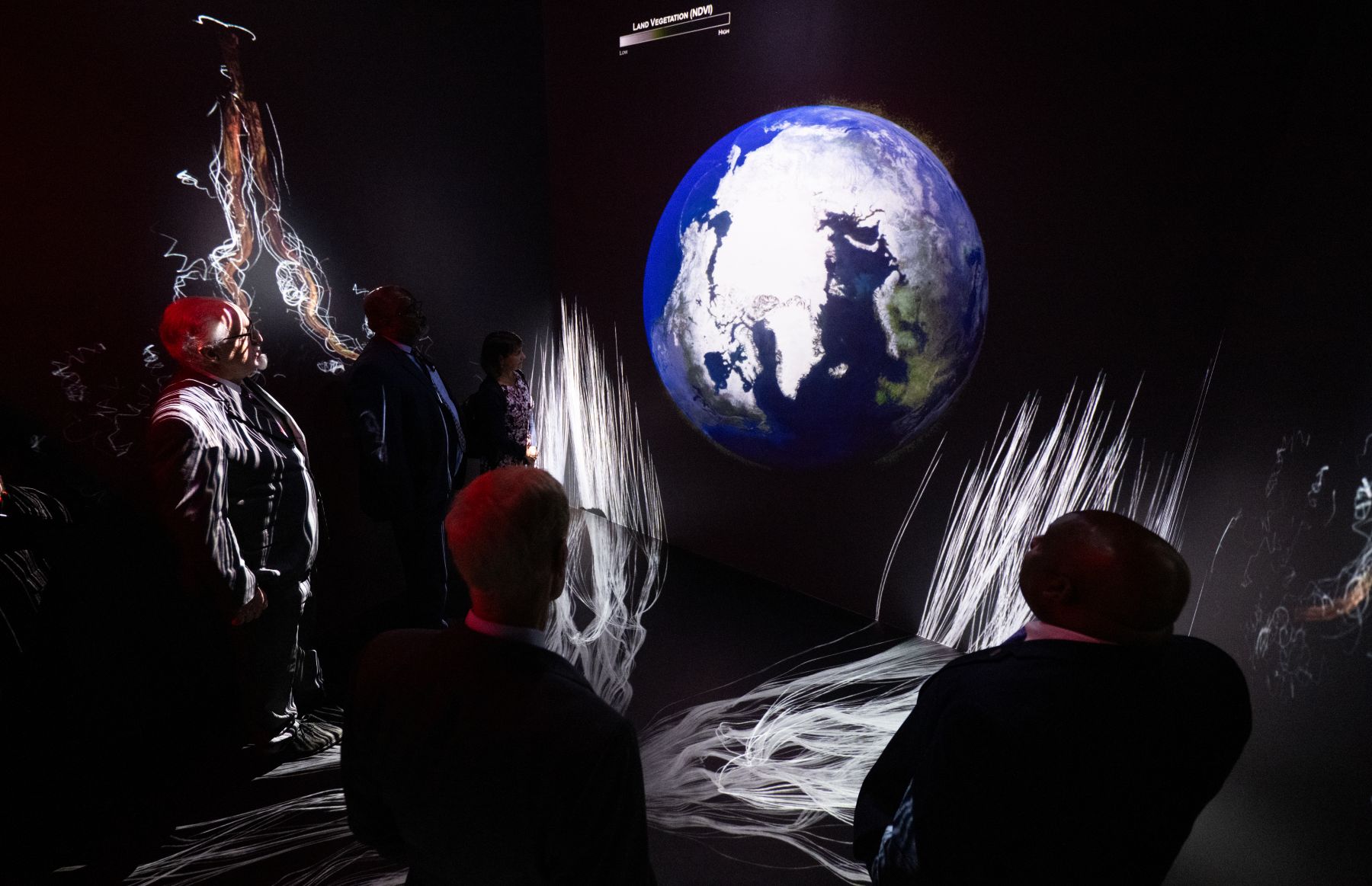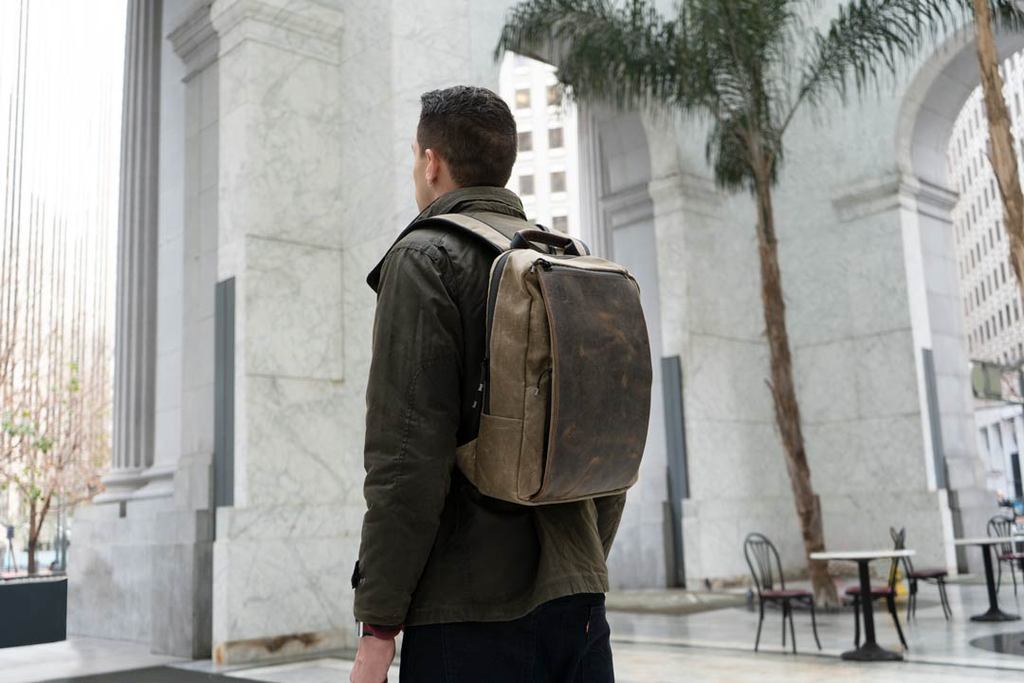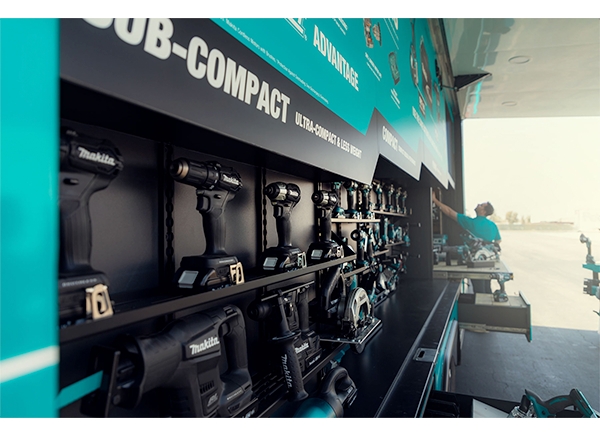How Mood Boards Can Help Interior 3D Rendering

Mood boards can be of great assistance when it comes to presenting interior design ideas to clients. For years, decorators and professional 3D interior designers have been using mood boards to convey their ideas to clients in the most understandable way that will resonate with their needs and desires.
There are two ways to create mood boards – using a graphic design software tool or by hand. Top professional 3D artists prefer both ways, although they mostly use software to develop the latest industry practices to create the most innovative mood boards with advanced tools.
Even though 3D rendering is far superior to mood boards and could easily replace them, mood boards are still highly aesthetically pleasing, practical, and useful for interior 3D rendering. Just like 3D rendering, mood boards also help communicate with clients by using images instead of words. They are helpful tools that have been modernized with the power of digital technologies.
3D designers can rely on 3D renders and digital mood boards to create the most powerful and representative 3D visualizations that can easily replace traditional physical mood boards and their shortcomings. Modern mood boards aren’t anything like the traditional sample boards or whiteboards.
They provide a creative canvas where professional 3D designers can ideate their content, patterns, and designs. Because of that, these boards are also called inspiration boards, as they provide a great environment for brainstorming ideas and finding motivation for showcasing the creative depth of your works.
Interior 3D rendering is all about motivation, creativity, and hard work. That’s why combining interior 3D rendering with digital mood boards can be an excellent way to improve communication with your clients. It can allow you to exceed their expectations and deliver results that will be the very highlight of your portfolio.
For interior designers, mood boards are essential to their design strategy. With that in mind, let’s talk about mood boards, what they are, their main elements, and how they can help interior 3D design rendering.
What are mood boards?
Mood boards can be defined as a design and in-discipline rationale approach to establishing a cluster of possible relations to create heterogeneous objects. As essential elements of your design strategy, mood boards provide the much-needed clarity you can rely on when creating your design ideas.
Mood boards can be digital or physical collages that arrange various design elements like text, materials, and images into a desirable format representing the final design’s style. Since they are quite interactive design and communication tools, they can be used for creating website designs, product designs, brand designs, interior and exterior designs, and pretty much any other type of design project.
Since they are so versatile, you can use mood boards for many different purposes, such as finding inspiration and preparing everything for a design project. Mood boards can be a valuable resource for making a design project a reality as they help keep the aesthetic and style on track and consistent regarding your client’s expectations and goals.
You can also use them to refine a project’s idea and style before you begin working on the actual design. They help save time, effort, and resources due to being cost-efficient compared to prototypes and mockups. Most importantly, they are an excellent tool for conveying the feel and look of the final design.
Elements of mood boards for the interior
Every mood board is unique, and you can make it what you want it to be, according to your design needs. What you choose to include will vary based on your client’s requirements. However, every interior mood board should include all the elements of interior space, from the tiniest to the most important pieces like flooring or window treatments.
Here are some of the essential interior design mood board elements to take into consideration:
● Overall room-style inspiration, mood, and feel pins for your space.
● Furniture pieces – whether you want to represent the pieces that clients already own or complete new pieces, include them all to see how they fit and work together.
● Artwork
● Rugs
● Window treatments
● Paint swatches – these can vary greatly depending on the client’s requirements. Paint colors tend to vary when digitized.
● Flooring
● Accessories
Why are they important?
Mood boards give interior designers the advantage of showcasing and communicating each element of design to clients. They can depict various aspects like accessories, fixings, furniture pieces, textures, mood, and style to clients in a comprehensive way. Interior designers begin their work with a concept board that helps them devise a strategy for approaching a design draft as a whole.
It also helps designers to better understand the needs of their clients. If a client demands a nordic theme for their interior space but knows little or nothing about it, a designer can resort to a mood board to offer the insight that clients can experience and relate to.
Mood boards are a starting point that allows designers to unify their ideas into a comprehensible solution that clients can visualize. Modern mood boards offer:
● Enhanced visualization
● Complete design detail
● Presentation of each element
● A relative connection between design elements that clients can understand and experience
The connection between mood boards and 3D rendering
When combined together, 3D rendering and mood boards are the best tools for ensuring you and your clients are on the same page. Mood boards, although not as communicative or expressive as 3D rendering, can help bring together all your style ideas in a visual format that will incorporate the aesthetic concepts of your client to the interior in question.
Since a mood board is a collage of ideas, it can be used as an accurate conceptual map of inspirational furniture, finishes, color palettes, images, drawings, and texts to make a project a reality.
Both mood boards and 3D rendering are essential to a continuous exchange of ideas and information so that designers can better integrate all the vital design elements with the interior’s furnishing scenarios and the client’s aesthetic and functional requests.
Using Pinterest to create a mood board
Creating a mood board is an excellent way to organize your project and your ideas. One of the best tools for creating a board for your project is Pinterest. You can use it to create private, public, and fully shareable mood boards.
Pinterest allows you to start working on a project by pinning accessories, furniture, color schemes, and rooms that most suit your client’s requirements. Since Pinterest is an abundant source of images of all sorts, you can look for the best individual shorts of furniture with the appropriate background to eliminate the visual noise of a stage interior scene.
If you can’t find an appropriate image on Pinterest, you can always resort to the manufacturer’s website, where most images are pinned for Pinterest. Pinterest is quite useful as it makes it easy and simple to select and add/remove pictures to your board.
Use graphic design software for mood boards
You can also use graphic design software to create mood boards, especially if you’re an interior designer. There is a wide range of software tools for creating digital mood boards that professional interior designers can leverage to create top visual layouts that can help them and their clients visualize the interior in question.
Here are the top five software tools to create mood boards for interior design:
● Foyr Neo – allows interior designers to save time and effort while planning, designing, and rendering creatives. This software offers 4K image rendering quality, making it perfect for creating client presentations. Designers use Foyr Neo to create, design, and render interior spaces and create 360-degree virtual tours of their designs.
● Autodesk AutoCAD LT – used by engineers, architects, and interior designers, AutoCAD LT, offers an entire suite of features and tools to create, annotate, and edit sketches.
● SketchUp – this tool is a modeling suite for interior designers that allows professionals to create interactive 3D models with modern furnishing elements for conventional architecture projects. In other words, it allows you to convert 2D images to 3D models.
● Infurnia – a software tool that allows designers to collaborate and exchange design ideas in real-time with the main focus on interior design and BIM rather than CAD.
● HomeByMe – a freemium software tool and a mood board maker for interior design that allows designers to plan, create, edit, render, and present interior design ideas to their clients by adding different dividers, structural elements, and furniture, and rendering objects.
Capture your own images
You can also create mood boards by capturing your own images. These can include Instagram photos, product images, stock photography, brand images, etc. You can also find a wide selection of top-quality images on any other photo-sharing site, including logos and illustrations.
Images are excellent means of communication as they can easily convey your ideas to clients. Mood board designs allow your clients to immerse themselves in the project’s theme and visualize the feel of the interior design in question.
Find inspiration
There are many ways to find inspiration for your mood boards. Start by browsing color palette sites, design galleries, and stock photo sites like Color.co or Design Seeds. You can also consider using social media like Pinterest and Instagram and typography and physical objects and environment galleries like Typewolf.
Talk to your clients
Talking to your clients is an excellent way to develop a healthy relationship and fertile ground for exchanging creative ideas. If your client is corporate, you can take cues from their brand personality and establish a comprehensive brand image by including colors, fonts, icons, and typography that resonate with the brand’s logo and personality.
Maintaining constant communication is also an excellent way to relate to your clients and bring the human element to your interior design mood boarding efforts.
Change and rearrange
With mood boards, you have a limitless approach to any interior design project. They give you full freedom to change, edit, and rearrange the essential elements until you find a concept that matches your client’s exact needs. You can also experiment with parallel concepts through mood boarding to provide different versions for the same project to better represent the theme and the style you have in mind.
Use the mood board for the rendering/design process
When it comes to using mood boards for the rendering or design process, you have two options on your hands – physical mood boards or digital mood boards. Although a bit outdated and traditional, physical mood boards are still used by digital designers to help them go beyond the digital confines.
Digital mood boards, on the other hand, are more powerful and allow designers to use different tools and mindsets to come up with a truly unique and remarkable design. Both solutions have their advantages and disadvantages, but our recommendation is to use both solutions to avoid putting any limitations on your creativity.
Conclusion
Whether you choose to go with physical or digital mood boards for your interior design, they can be handy and essential for ensuring utmost client satisfaction and safe project success. They are a vital step for developing a cohesive design style to make your every interior design project unique and competitive.
More importantly, they can ensure you and your clients are on the same page while making the project run more smoothly. What makes mood boards so effective is that there are no rules or limitations to what you can do or include in your works.
You have full freedom on your hands to do whatever makes you feel comfortable. With such creative freedom under your belt, doing complex interior design projects will be much simpler. Incorporate mood boards into your design projects to exceed your client’s expectations and create truly marvelous pieces of 3D art.





